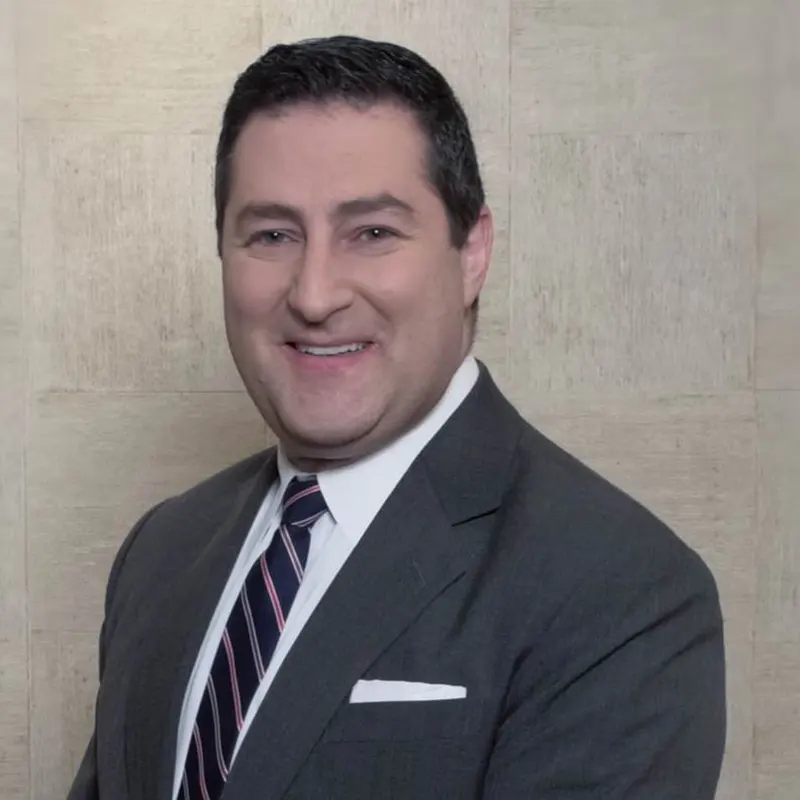

MHealth Intelligence’s recent article entitled “Report Notes CMS Program’s Success With Telehealth for Senior Care” explains that the study looks at the 30-year-old PACE (Program for All-inclusive Care for the Elderly) program, created by the Centers for Medicare & Medicaid Services for seniors who require long-term support services (LTSS), or a nursing home level of care. The program was developed as a capitated model of care for dual-eligible beneficiaries (90% are dual eligible) and provides all necessary medical care, therapies, long term care and services, meals, socialization, transportation, day center services and activities.
There are now 135 PACE programs in 31 states which enroll between 50 and 3,000 patients. It’s a total of more than 54,000 seniors served. The programs are based in a care center and feature an interdisciplinary care team (IDT) of primary care physicians, nurses, therapists, social workers, dieticians, home care professionals and others and offers a variety of services on-site and in the home.
PACE programs have usually not used telehealth and mHealth because of the in-person, hands-on approach of the care provided. However, some programs have now begun using tools and platforms designed to improve remote patient monitoring and giving patients and providers and opportunity to connect at any time.
The study was conducted by the National PACE Association, Altarum and Fallon Health. They found that many PACE programs experienced a crisis earlier this year, when the pandemic stopped in-person care, and that many used telehealth to keep the program going.
“Early in the pandemic, faced with COVID-infected and COVID-suspected participants - and operating with very little direct guidance from the federal and state governments - quick-thinking PACE programs took advantage of their flexibility to redesign service delivery rapidly,” the report stated. “Information gathered by NPA indicated that most programs quickly adopted a greater use of telehealth, although use of video technology was limited to some degree by the capabilities and income level of participants and families. Others made a variety of rapid, effective adaptations to their care and support protocols to serve and protect their frail elders that are described here.”
PACE programs may leverage telehealth and mHealth to provide care, when in-person sessions are not practical.
“Like many other Medicare and Medicaid providers, PACE has also further embraced telehealth - a development that is likely to accelerate,” the report concludes. “Traditionally, PACE has relied heavily on face-to-face interactions and interventions with participants. Now, PACE organizations are quickly transforming to best meet the evolving needs of their participants, whose own circumstances have changed due to COVID-19 - both by figuring out how to field a more comprehensive array of services in participants’ homes more frequently, and by adapting the PACE center itself for different uses.”
Officials say this could also serve as a model for care after the pandemic. In 2019, Congress passed the PACE Innovation Act, which allows for pilot programs to develop a “PACE 2.0” model that includes innovations to serve more seniors and a wider range of people with care needs. The NPA said that “the project will support the development of strategies to scale PACE operations and spread the model to more communities.”
The pandemic has had an impact on those plans, but the programs using telehealth could help shape the PACE 2.0 program of the future.
“Providing services successfully now and in the future will require thinking creatively about how to field innovative, flexible, highly coordinated care as circumstances change, emphasizing the use of existing resources and assets,” the study concludes. “Such systems must be cost-effective, integrated with medical and social supports, and readily accessible to large numbers of older adults living in the community. In short, the US is being challenged to create on-ramps to comprehensive, safe community care that is scaled to handle the US ‘age wave’ - which has now arrived. PACE can be an important part of the answer.”
Reference: mHealth Intelligence (Oct. 27, 2020) “Report Notes CMS Program’s Success With Telehealth for Senior Care”
The 15 minute initial phone call is designed as a simple way for you to get to know us, and for our team to learn more about your unique estate planning needs.

